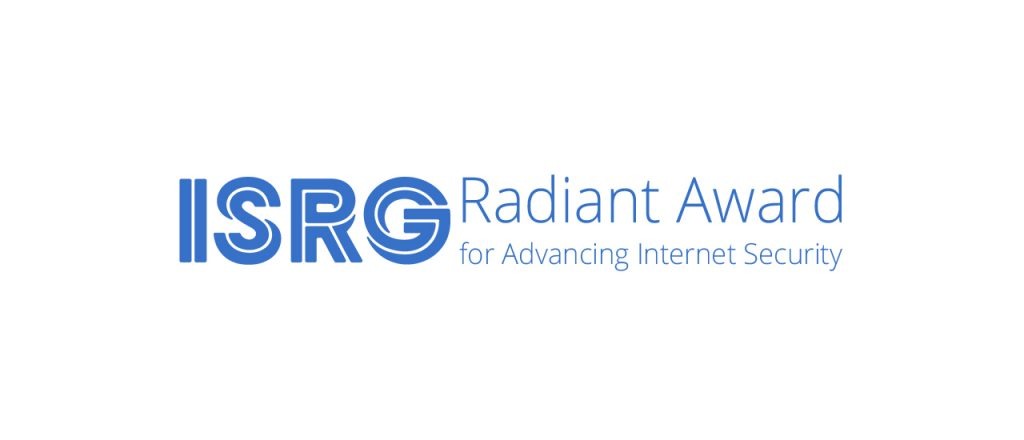Big Switch Brings Big Monitoring Fabric to AWS
 The company has a similar product for Microsoft Azure that is slated to enter beta next year. Google Cloud is on the roadmap for future support.
The company has a similar product for Microsoft Azure that is slated to enter beta next year. Google Cloud is on the roadmap for future support.
 The company has a similar product for Microsoft Azure that is slated to enter beta next year. Google Cloud is on the roadmap for future support.
The company has a similar product for Microsoft Azure that is slated to enter beta next year. Google Cloud is on the roadmap for future support.
Complex cloud applications need decent visualizations to help infrastructure engineers understand what's going on. For cloud visibility, Kentik absorbs AWS & GCP flow logs, with Azure support coming. Kubernetes & Istio are also data providers to Kentik. Using the Kubernetes API, Kentik correlates pod IPs to pod names and cluster namespaces. With that information, Kentik can visualize pod to pod and service to service traffic flows within a Kubernetes cluster.
The post BiB 066: Why Cloud Visibility Matters appeared first on Packet Pushers.

Earlier this week Jason Donenfeld received the Radiant Award from the Internet Security Research Group. Jason is an accomplished engineer and a creative thinker, which makes his work clean, simple, and takes it a step beyond – most notably in WireGuard, an open-source secure VPN tunnel.
 We are proud to have enabled this award. Let me explain why.
We are proud to have enabled this award. Let me explain why.
At the Internet Society we care a great deal about the technologies that help to establish trust between people around the globe, while those people may have never interacted before.
One of the groups we proudly partner with is the Internet Security Research Group, the non-profit behind the Let’s Encrypt initiative. In the 4 years since Let’s Encrypt was launched, it has changed the landscape of web traffic encryption. Whereas in 2014 around 30% of pages loaded by Firefox where loaded over a secure channel, that number has increased to over 75% by now. I believe that rise in secure web traffic is in large part the result of the work by Let’s Encrypt.
Before 2014 it was somewhat costly to get a web certificate, a critical piece of authentication material that is the basis of establishing global trust. Both Continue reading
On today's Priority Queue we dive into ArcOS®, a new network OS designed for whitebox routing and switching from our sponsor Arrcus. We examine how the OS was designed, how it differentiates itself from competitors, and explore key use cases.
The post PQ 160: Inside ArcOS®: The Internet-Scale, Carrier-Grade Network OS (Sponsored) appeared first on Packet Pushers.
 Huawei's' chief financial officer who is also the daughter of the founder of Huawei, was arrested in Canada at the request of the United States. The reason for the arrest has not been disclosed.
Huawei's' chief financial officer who is also the daughter of the founder of Huawei, was arrested in Canada at the request of the United States. The reason for the arrest has not been disclosed.
 Regardless of size cybersecurity has become a massive source of frustration for organizations all sizes. A greater percentage of IT spending is now being consumed by cybersecurity products and services.
Regardless of size cybersecurity has become a massive source of frustration for organizations all sizes. A greater percentage of IT spending is now being consumed by cybersecurity products and services.

In November, we saw fewer significant Internet disruptions in the Oracle Internet Intelligence Map as compared to prior months. As usual, there were hundreds of brief issues with limited impact and generally unknown causes, but the most notable issues last month were due to reported DDoS attacks, problems with terrestrial and submarine cables, and general network issues.
On November 4 and 5, several Cambodian ISPs were targeted by DDoS attacks described as the “biggest attacks in Cambodian history.” Published reports indicated that ISPs including EZECOM, SINET, Telcotech, and Digi were targeted by DDoS attacks totaling nearly 150 Gbps, causing subscriber downtime lasting as much as half a day. Disruption from the attacks was visible in the Country Statistics view for Cambodia in the Internet Intelligence Map, as shown in the figure below. However, because Internet connectivity remained generally available (albeit impaired) across the country, the impact appears nominal in the graphs.

However, when viewed at a network level, the impact of the attacks appears to be more significant. SINET, one of the ISPs targeted by the DDoS attacks, posted a Tweet on November 5 letting users know that they were under attack, and followed up Continue reading
 Ericsson, Nokia, Qualcomm, and Samsung have all recently conducted tests of 5G networks based on the Non-Standalone 5G New Radio (NSA 5G NR) standard.
Ericsson, Nokia, Qualcomm, and Samsung have all recently conducted tests of 5G networks based on the Non-Standalone 5G New Radio (NSA 5G NR) standard.
 Achieving standard, commodity uCPEs will be a longer journey than anticipated.
Achieving standard, commodity uCPEs will be a longer journey than anticipated.
Using immutable infrastructure prevents configuration drift and increases the speed to build or rebuild infrastructure, which translates into faster turn-around times for project delivery.

A new Internet Society Chapter has been founded within the Regional Bureau in Latin America & Caribbean. The creation of the Colombia Chapter is today officially announced at Universidad del Rosario, in Bogotá.
Our desire is to extend a gracious and inclusive welcome to all the 67 founding members that have been active members of the Internet Society for several years, and to the ones that have recently joined the community to be part of the Chapter.
The Chapter invites you to join the live broadcasting starting at 8:00 AM (UTC-5) with eminent guests speakers such as Juanita Rodriguez Kattah, Former Vice Minister of Digital Economy, Hugo Sin Triana, Director of Innovation in Info Projects, Valérie Gauthier, Director of the Department of Applied Mathematics and Computer Science (MACC) at the University of Rosario, Nancy Quiros, the Internet Society’s Chapter Development Manager for Latin America and Caribbean Region, and Javier Pinzon, Member of the Colombian Internet Governance Forum.
The large attendance (approximately 120 participants) at the launching event, speaks to the need for a Chapter to join the Colombian community’s efforts to ensure an open, globally connected, trustworthy and secure Internet for everyone.
The Chapter will encourage the Continue reading
Remember the Software-Defined Data Centers hype? While I covered SDDC concepts and technologies for years in my webinars and workshops, I never created an introductory webinar on the topic.
That omission has been fixed in late August – SDDC 101 webinar is available as part of free subscription, and as always I started with the seemingly simple question: What problem are we trying to solve?